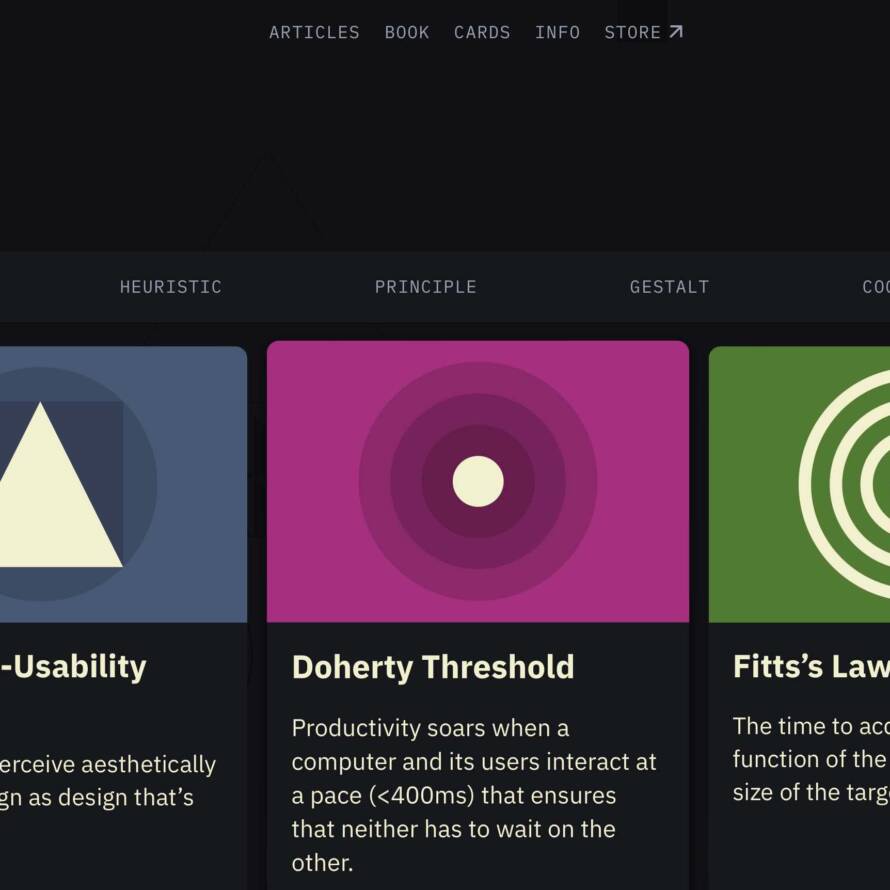In today’s digital landscape, characterized by the pervasive influence of technology in our daily lives, the imperative of creating inclusive and accessible user interfaces (UI) and user experiences (UX) has never been more pronounced.
Accessibility in UI/UX design is no longer merely an option but a necessity, given the diverse range of users interacting with digital products and services. It entails ensuring that everyone, regardless of their abilities or disabilities, can access, comprehend, and engage with digital interfaces effortlessly.

This blog delves into the profound significance of accessibility in UI/UX design, emphasizing its far-reaching impacts on various facets of society. At its core, accessibility is about promoting equal access and participation for all individuals in the digital realm.
By designing interfaces that accommodate diverse needs and preferences, designers foster a more inclusive digital environment that reflects the diversity of human experiences. Moreover, accessibility isn’t just about meeting legal requirements; it’s about upholding ethical principles and social responsibility. By prioritizing accessibility, companies not only enhance user satisfaction and brand reputation but also contribute to broader societal goals of equality and inclusivity.
This blog explores how integrating accessibility into UI/UX design practices can lead to positive outcomes for users, businesses, and society as a whole.
The Inclusive Imperative: Accessible design is a fundamental shift from merely adhering to legal regulations to embracing inclusivity as a central tenet of design philosophy. It acknowledges that digital interfaces should be accessible to all individuals, regardless of their abilities. By ensuring accessibility, designers empower people with disabilities to engage fully in the digital world, broadening their opportunities for participation and inclusion. This inclusivity extends beyond disability to encompass various user demographics, recognizing that diverse needs must be accommodated. Addressing these needs can contribute to mitigating societal inequalities by providing equal access to digital resources, education, and employment opportunities, thus fostering a more equitable society.
User-Centric Design: User-centric design revolves around understanding and prioritizing the needs of users. In the context of accessibility, this means crafting interfaces that cater to a broad audience, including those with disabilities. Techniques such as user personas, empathy mapping, and usability testing are invaluable tools for identifying barriers to accessibility and proactively addressing them. By putting users at the center of the design process, designers can create interfaces that are intuitive, seamless, and inclusive, ultimately enhancing the overall user experience for everyone.
Legal and Ethical Considerations: Legal requirements, such as the Americans with Disabilities Act (ADA) and similar legislation worldwide, mandate digital accessibility. However, compliance with these regulations isn’t just a legal necessity but also a reflection of ethical design practices. Prioritizing accessibility demonstrates a commitment to social responsibility and equality, aligning with broader ethical principles. Failure to comply not only carries legal consequences but also risks damaging a brand’s reputation and eroding customer trust. By embracing accessibility as both a legal obligation and an ethical imperative, companies can position themselves as advocates for inclusivity and responsible design practices.
Enhancing User Satisfaction: Accessible UI/UX design directly contributes to overall user satisfaction by ensuring that all users, regardless of their abilities, can navigate digital platforms effortlessly. When individuals encounter interfaces that are accessible and intuitive, they are more likely to have positive experiences, leading to increased engagement, loyalty, and positive word-of-mouth recommendations. By prioritizing accessibility, companies can foster a user-centric culture that values inclusivity and enhances the overall satisfaction of their customer base.
Brand Reputation: A commitment to accessibility positively impacts a brand’s reputation by signaling inclusivity and social responsibility. Users appreciate companies that prioritize accessibility, leading to improved brand perception and loyalty. Conversely, inaccessible designs can result in negative publicity, customer dissatisfaction, and even legal repercussions, ultimately harming a brand’s reputation and eroding consumer trust. By prioritizing accessibility, companies can differentiate themselves positively in the marketplace and cultivate a strong brand image that resonates with diverse audiences.
SEO Benefits: Accessible design not only enhances user experience but also has tangible benefits for search engine optimization (SEO). Search engines prioritize websites that provide a seamless user experience, making accessibility a critical factor in ranking algorithms. Properly structured and accessible content can improve search rankings, drive organic traffic, and enhance a website’s visibility and reach. By investing in accessibility, companies can improve their SEO performance and increase their online visibility, ultimately driving business growth and success.
The Business Case for Accessibility: Investing in accessible UI/UX design is a sound business decision that offers significant long-term benefits. While initial implementation may require resources, the return on investment outweighs the costs. Accessible design expands the potential user base, tapping into markets that might otherwise be neglected. By catering to diverse audiences, companies can drive growth, innovation, and competitiveness in an increasingly globalized marketplace. Embracing accessibility isn’t just about meeting legal requirements; it’s about seizing opportunities for business growth and positioning oneself as a leader in inclusive design practices.
Continuous Improvement: Digital accessibility is an ongoing process that requires designers to stay informed about the latest standards and guidelines. Regularly updating designs and incorporating feedback from users with disabilities ensures that digital products remain accessible as technology evolves. By embracing a culture of continuous improvement, designers can uphold accessibility standards and create inclusive experiences that meet the evolving needs of users. Prioritizing continuous improvement in accessibility not only ensures compliance with regulations but also fosters innovation and enhances the overall quality of digital products and services.
In conclusion, accessibility in UI/UX design transcends being a passing trend; it stands as a fundamental requirement for cultivating a digital world that prioritizes inclusivity and equity. Designers wield significant influence in shaping this future by embracing accessible design principles, thereby laying the groundwork for a digital environment where every individual can participate and reap the benefits.

By placing accessibility at the forefront of design considerations, we not only enhance user experiences but also actively contribute to the creation of a more accessible and compassionate digital landscape. This commitment extends beyond mere compliance with regulations; it reflects a genuine dedication to fostering an environment where diversity is celebrated, and barriers to access are dismantled.
Ultimately, integrating accessibility into UI/UX design practices isn’t just about meeting minimum standards; it’s about championing a culture of empathy, understanding, and inclusivity. By making accessibility a priority, we pave the way for a future where digital experiences are truly universal, enriching the lives of all individuals, regardless of their abilities or backgrounds.


